Antique Clock Identification Help
chrholme
7 years ago
Featured Answer
Sort by:Oldest
Comments (16)
chrholme
7 years agoRelated Discussions
Antique Bed Identification
Comments (2)I've seen lots of that sort of bed...my grandmother had one. I suspect it dates from about 1920. They were very cheap when new and I have seen several sell at auction for little or nothing....but they may have become more desirable in the past 10 years. I have never seen a bed like that of brass....they were all brownish painted metal...steel. How wide is it? Looks like a normal twin to me. Linda c...See MoreAntique table identification help needed
Comments (1)Please post a picture of the label and a picture of the table....See MoreAntique Cabinet Identification
Comments (1)Sounds like a Hoosier style cabinet...See MoreHelp hanging antique clock
Comments (1)We have antique clocks hanging in several places in our house and most don't line up with studs - isn't that always the way? I asked DH and he said you'll be fine with a 3/16" toggle bolt for that weight. Put a couple of large fender washers in between the hook and the wall. I can take a picture of one of ours tomorrow if that will help....See Morechrholme
7 years agochrholme
7 years agochrholme
7 years agochrholme
7 years agoHU-773938673
last year
Related Stories

REMODELING GUIDESRoom of the Day: Antiques Help a Dining Room Grow Up
Artfully distressed pieces and elegant colors take a formerly child-focused space into sophisticated territory
Full Story
LIFEDecluttering — How to Get the Help You Need
Don't worry if you can't shed stuff and organize alone; help is at your disposal
Full Story
DECLUTTERINGDownsizing Help: How to Edit Your Belongings
Learn what to take and what to toss if you're moving to a smaller home
Full Story
MOST POPULAR7 Ways Cats Help You Decorate
Furry felines add to our decor in so many ways. These just scratch the surface
Full Story
DECORATING GUIDESAntiques Shopping for the Fun of It
Play down a piece’s pedigree and play up what stirs your heart to make the hunt for antiques a real thrill
Full Story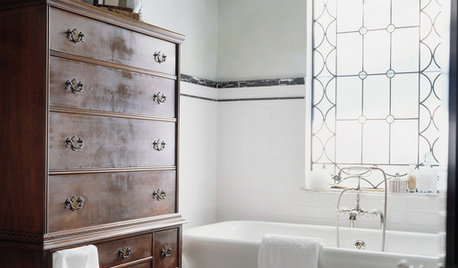
DECORATING GUIDESA Handy Guide to English Antiques
Buying and owning old furniture is more fun and interesting when you know a little history
Full Story
ANTIQUESInherited an Antique? Here’s How to Work It Into Your Home
Find out how to make that beloved vintage piece fit in with your decor
Full Story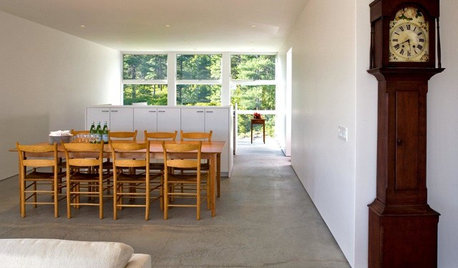
FURNITUREMust-Know Furniture: The Grandfather Clock
This timeless classic is great for an entryway, an awkward corner, a bedroom and more. Learn how to make it work
Full Story
FURNITUREMust-Know Furniture: The Mora Clock
See if it’s the right time to make one of these 18th-century Gustavian glories part of your home
Full Story


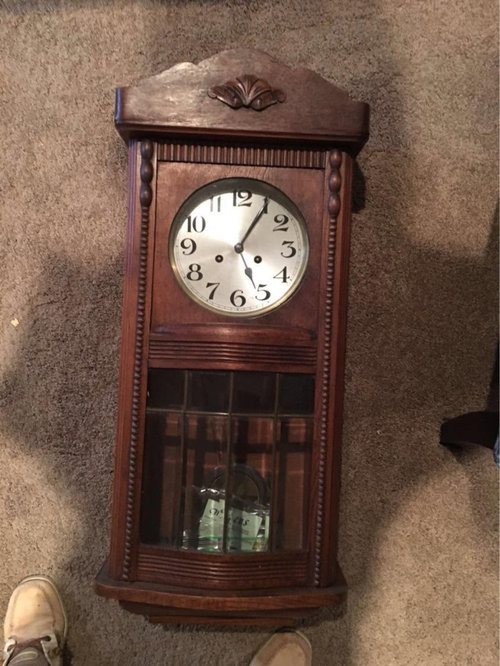
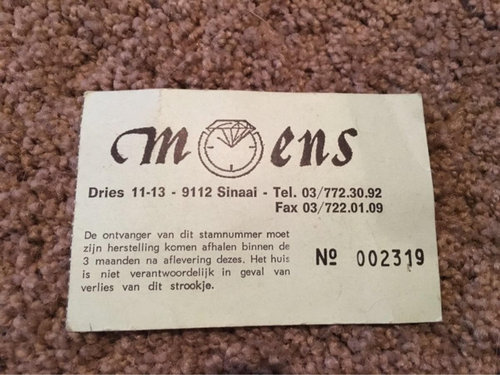
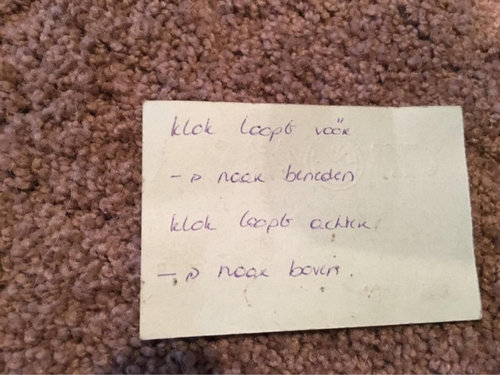
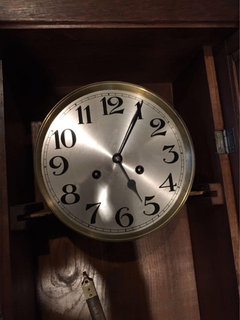
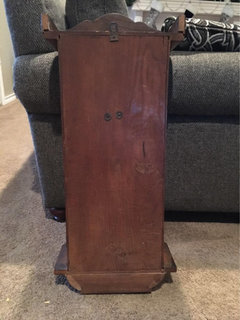
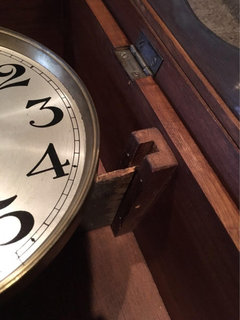
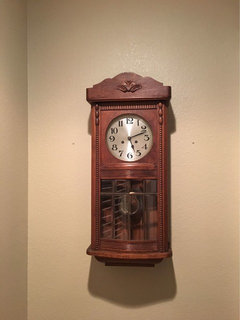
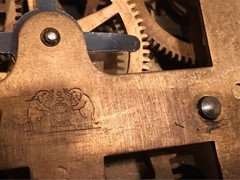
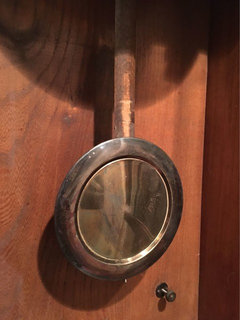
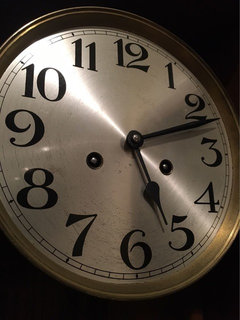

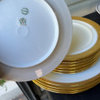



My3dogs ME zone 5A